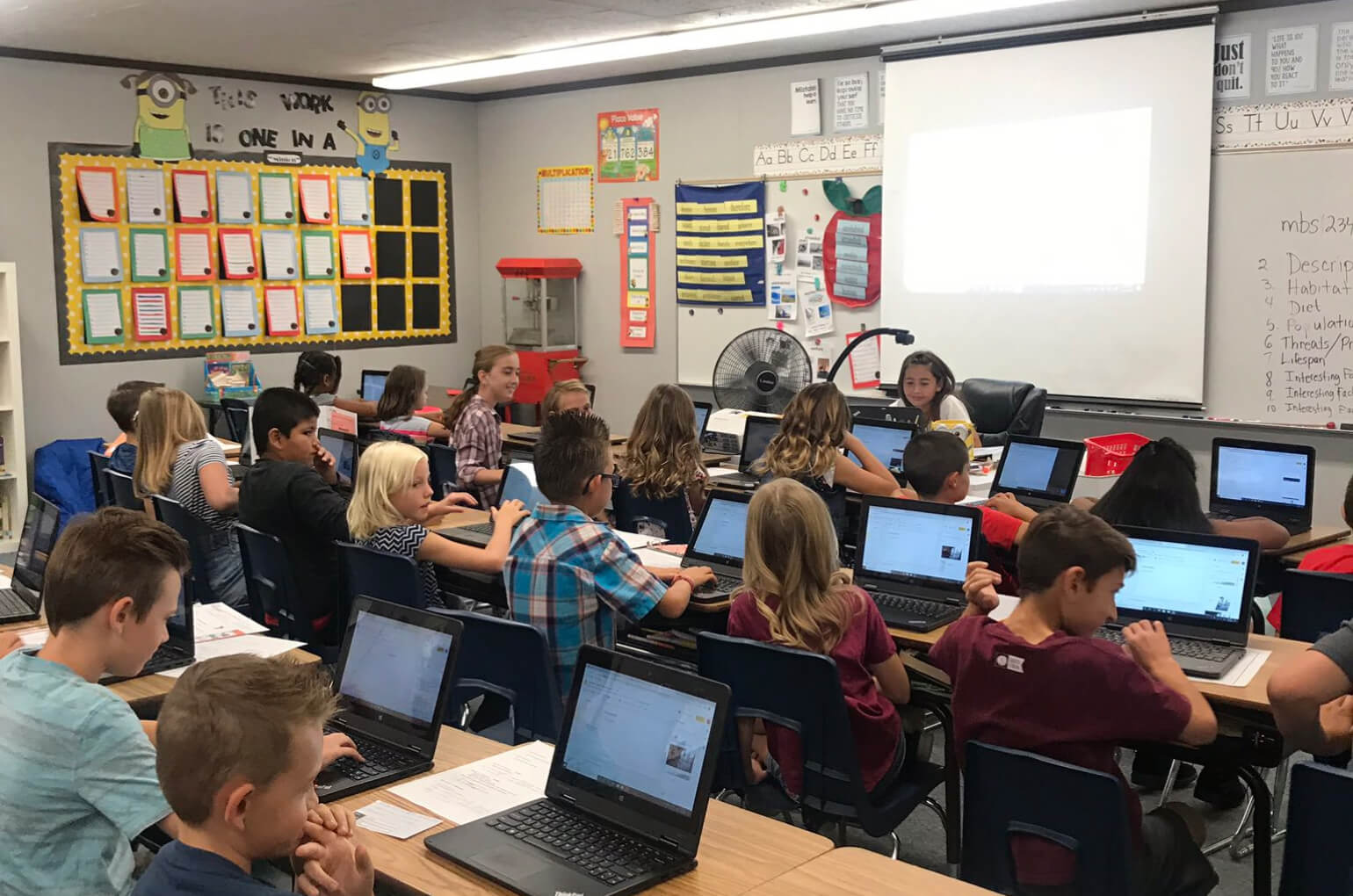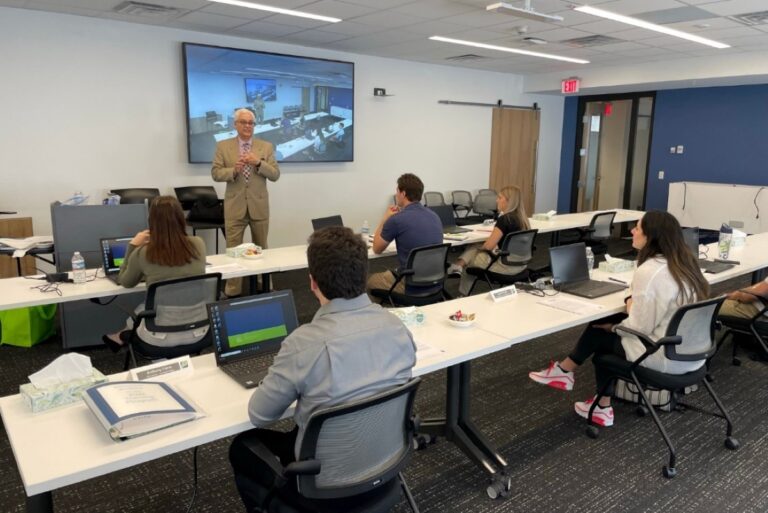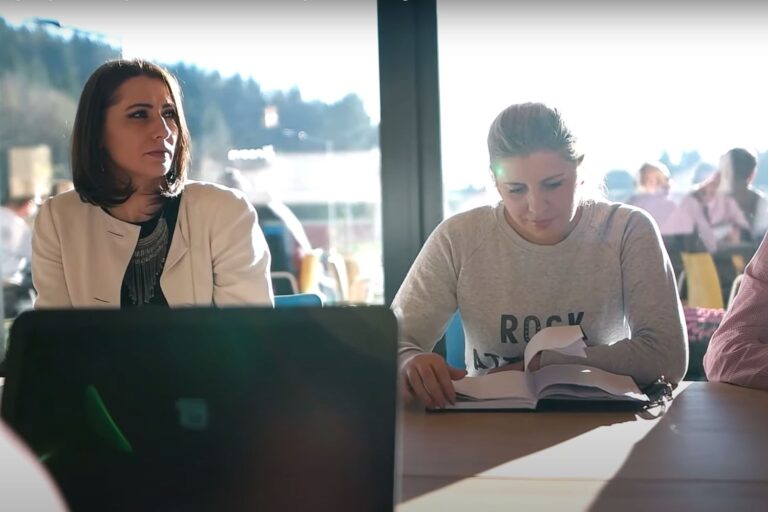Right Insurance Solution: Certified Trends in Educational Technology
What are the latest trends in educational technology? Originally appeared on Quora: the place to gain and share knowledge, empowering people to learn from others and better understand the world.
Four trends that will serve education
We are no longer surprised;
technology continues to revolutionize the way we absorb information.
Schools are also taking advantage of the wave of new technologies by testing them in their classrooms.
Social media, reverse classes and mobile learning are just some of the ways in which technology has transformed conventional learning styles.
Find the right insurance solution for your business.
Here are some of the technology trends already present in classrooms that could transform education in 2016.
Virtual reality
Virtual reality (VR) is one of the dominant trends of the year, as evidenced by the rise of virtual classrooms.
VR is more affordable than ever, allowing students to have more out-of-class educational experiences.
Companies like Google, Facebook, Samsung, Sony and HTC are already using this technology to enrich the educational experience.
For example, Google’s Pioneer Expeditions program uses the Google Cardboard Mask, worth about $ 15 and designed to work with a smartphone, to introduce students to virtual reality.
These VR environments extend learning opportunities beyond school outings, provide realistic educational experiences, and can be used in the classroom, in face-to-face meetings with teachers, or in rehearsals to a virtual audience.
3D printing
3D printers enrich experimental teaching in classrooms.
Students now have the opportunity to bring their ideas to life quickly enough and to materialize concepts that previously existed only in textbooks.
As barriers to entry continue to fall in 2016 and 3D printing becomes more affordable, classrooms will become a common place for student creation and experimentation.
The “Makerspace” spaces, laboratories equipped with 3D printers and manufacturing tools, are also growing to encourage learners to develop new skills.
The Internet of Things
The network of connected technologies is expanding, pushing technology to become more interactive than ever.
Greater connectivity means that educators and students will have more opportunities to collaborate and access a world that transcends the classroom.
Devices activated by movement and connected to the Internet could make classes of transformative places.
Mobile learning on portable devices also provides students with access to educational solutions and applications that change their ways of communicating inside and outside the classroom at all times.
The Internet of Things also provides tailored support for students with special needs and increased security in schools.
Ready-to-wear technology
Ready-to-wear technology is the latest trend in the Internet of Things and, according to the News Media Consortium, will be widespread in classrooms within four years.
Portable devices are electronic devices that can be worn on one’s own, such as headphones, personal activity monitors and smart watches.
Some mobile devices are already redefining the world of learning, including the Google Glass , an augmented reality headset that allows students to document school trips and experiments.
Thanks to its cerebral activity sensor headband, the Muse as for it, to detect how students react to activities and which ones favor learning the most.
One of the great benefits of portable devices is that students can explore and interact at their own pace and experience a simplified learning situation.
They are also useful for teachers, as they help them to geolocate themselves during field trips, to take notes on learning from different points of view and to offer more options for collaboration between colleagues.
Contributed by Jacob Sauls, software developer









